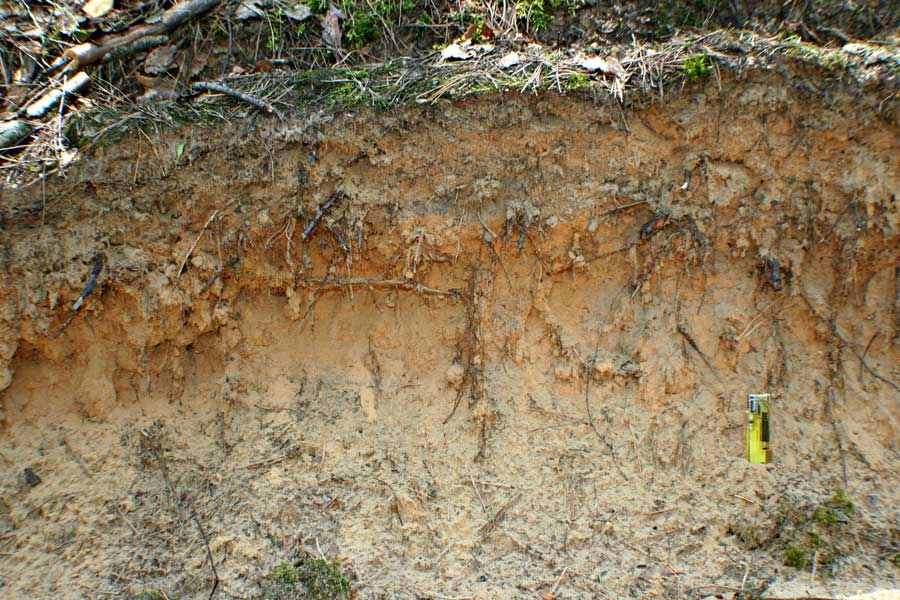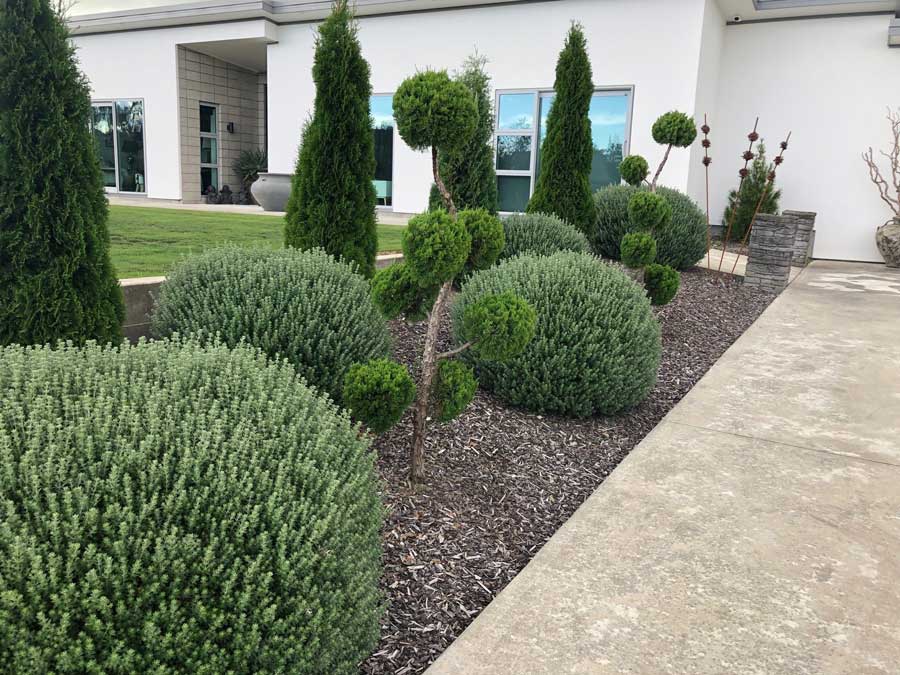The soil in your garden is a key determinant of which hedges will flourish best. Sandy soil, known for its light texture and low nutrient content, can pose unique challenges for hedge planting. However, several varieties of hedges are well-adapted to such conditions.
In this article, we shall delve into the characteristics of sandy soil, identify the top 10 hedges suited for this environment, and share invaluable advice for successful hedge cultivation in sandy soil.
- Sandy soils have trouble holding their shape.

Understanding Sandy Soil
What is Sandy Soil?
Sandy soil is recognisable by its gritty texture and loose structure. Predominantly composed of sand particles, it’s light and drains well. While these features mean water and nutrients quickly leach away, they also allow for excellent root penetration, an aspect beneficial for certain types of hedges.
Advantages and Disadvantages of Sandy Soil
While sandy soil’s excellent drainage prevents waterlogging, it can also lead to rapid nutrient and moisture loss compared with clay soils. This means that hedges planted in sandy soil may require more frequent watering and feeding than those in heavier soils.
On the upside, the light texture of sandy soil types makes them easy to work with, and its ability to warm up quickly in spring can give a head start to many hedges.
Selecting Suitable Hedging Plants for Sandy Soils
Factors to Consider
When choosing hedge plants for sandy soil, consider their drought tolerance and nutrient needs. Some hedges are adapted to survive in the rapidly draining conditions of sandy soil, while others might struggle. Soil pH is another important factor, as some hedges prefer more acidic or alkaline environments.
Top 10 Hedges for Sandy Soil
Westringia spp.
Westringia, also known as Australian rosemary, is a sturdy, drought-tolerant hedge that thrives in sandy soil. It’s known for its small, aromatic leaves and lovely white or blue flowers, making it an attractive addition to any garden.
Grevillea spp.
Grevillea, native to Australia, is a versatile hedge that flourishes in sandy soil. Its unique, spider-like flowers and ability to withstand dry conditions make it an excellent choice for sandy gardens.
Syzygium/Acmena spp.
Syzygium, previously classified separately as Acmena, is a large genus of hedges suitable for sandy soil. These plants are known for their glossy leaves and colourful berries, offering both visual appeal and hardiness in sandy conditions.
Metrosideros spp.
Metrosideros, common name Pohutukawa or New Zealand Christmas tree, is a hardy hedge that can adapt well to sandy soil. Known for its vibrant red flowers, this hedge brings a burst of colour to any garden.
Callistemon spp. (Bottlebrush)
Callistemon, commonly known as bottlebrush, is a striking hedge that flourishes in sandy soil. Its signature brush-like flowers and ability to endure dry conditions make it a popular choice for sandy soil gardens.
Correa spp.
Correa, also known as Australian fuchsia, is a delightful hedge that can thrive in sandy soil. It produces bell-shaped flowers and is highly drought-tolerant, making it a great choice for sandy soil gardens.
Buxus spp. (Boxwood)
Boxwood hedges are versatile and can grow well in sandy soil. Recognised for their dense foliage and ability to be shaped into various forms, they are a classic choice for formal gardens.
Olea europaea (Olive)
Olive hedges are Mediterranean natives that adapt well to poor soils, including sand. Known for their silvery leaves and ability to withstand drought, they add a touch of elegance to any garden.
Viburnum spp.
Viburnum is a diverse genus of hedges that can thrive in sandy soil. With varieties offering everything from fragrant flowers to vibrant autumn colours, there’s a Viburnum suitable for every garden.
Rhaphiolepis spp.
Rhaphiolepis is a flowering hedge that’s known for it’s beautiful floral displays and tight branching habit when hedge pruned. It’s an adaptable plant that prefers well-draining soils.
Tips for Cultivating Hedges in Sandy Soil
Improving Soil Structure
Enhancing the structure of your sandy soil can significantly increase your success in hedge planting. Adding well rotted organic matter such as compost or well-rotted manure can enhance the soil’s water-holding capacity and nutrient content.
Proper Watering Techniques
Appropriate watering is critical in sandy soil cultivation. Due to its rapid drainage, hedges in sandy soil may need watering more often, especially during dry periods. However, it’s still important not to overwater, as this can leach away nutrients.
Conclusion
While cultivating hedges in sandy soil may come with unique challenges, with the right hedge selection and care, you can create a thriving garden. Experiment with the hedges listed in this article and utilise the tips shared for successful sandy soil cultivation. Happy gardening!


